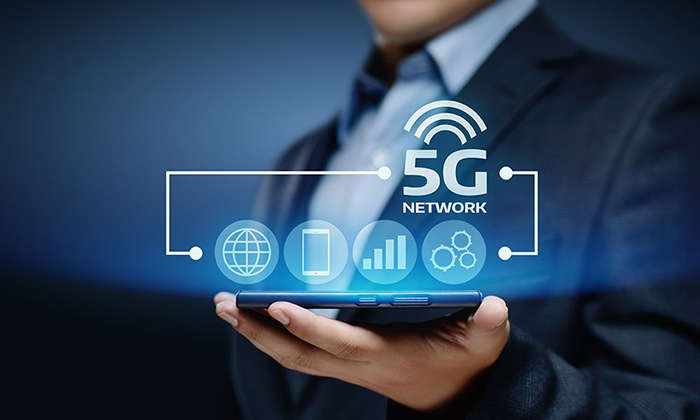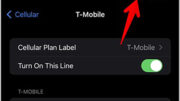If you’ve been reading this blog for a while, you might have picked up on my mention of “millimeter wave” 5G. It’s a form of cell service that uses super-high frequencies. The advantage is that there’s plenty of room up there, so it’s possible for everyone who uses it to send massive amounts of data. But, you don’t hear much about millimeter wave 5G. Sure, one market or another lights up here and there but it’s not like you’re hearing about it every day. So what’s up with that?
Is this once-promising technology already dead in the water? Far from it. Millimeter wave 5G is still a strong part of the future plans for every cell carrier. There’s just one reason you haven’t heard much about it in the last year. Honestly, it’s pretty much the same reason for everything in the last 12 months.
Don’t make me say it
You know why things in the last year have been so messed up. You don’t need me to tell you. But here’s how it’s affected millimeter wave 5G.
Millimeter wave 5G was never intended for the suburbs. The high frequencies mean that even fairly high-powered signals will tend to fade away quickly. That, in turn, means that you need towers spaced really close together. How close? In some cases as closely as 100-150 feet, but more commonly 500 feet. Regular cell towers are about a mile apart by comparison.
Getting the rights to put up cell towers every 500 feet in the suburbs is a bit of a problem. It’s costly, and there aren’t enough people to use those towers for it to be a real win for the cell companies. So, millimeter-wave 5G has always been intended for really high-density areas. Areas like New York’s Times Square. Areas like sports arenas. Areas like Chicago’s Miracle Mile. These are the areas that will really benefit from millimeter wave 5G. Folks there will get bountiful, super-fast internet and it will be easy for cell carriers to make up their investment. This stuff will get the use it deserves.
Because there’s only one problem with that
When was the last time you saw a stadium full of people? When was the last time that hundreds of thousands crowded Times Square? It’s been a while, and it’s likely to be a while yet before we see sights like that. Cell companies know this, and they’ve been focusing on providing 5G to areas where it will be useful. That means activating their low-band 5G in the suburbs instead of spending the time to light up dense inner cities. In this way, everyone wins, at least for now.
More 5G in ’21?
I’m confident that we’ll see even more 5G in ’21. It’s where all the effort is going. Major carriers are already lining up to shutter their existing 3G capacity and that will make room for more low-band 5G. In the meantime, buildouts of millimeter wave 5G will continue, so that by the time you get ready to crowd a stadium or a city street once again, you’ll be able to do it with the fastest internet the world has ever seen.
And in the meantime, when you’re looking for the best cellular accessories, phones, or cellular signal boosters, check out SolidSignal.com where you’ll find everything you’ll need.





